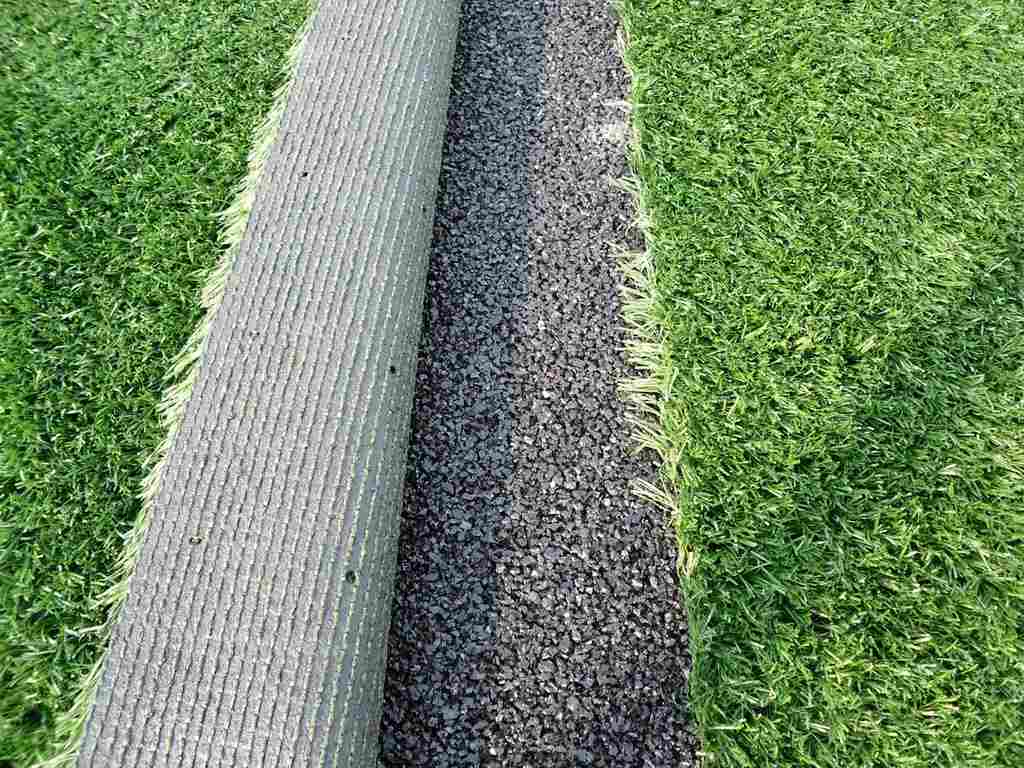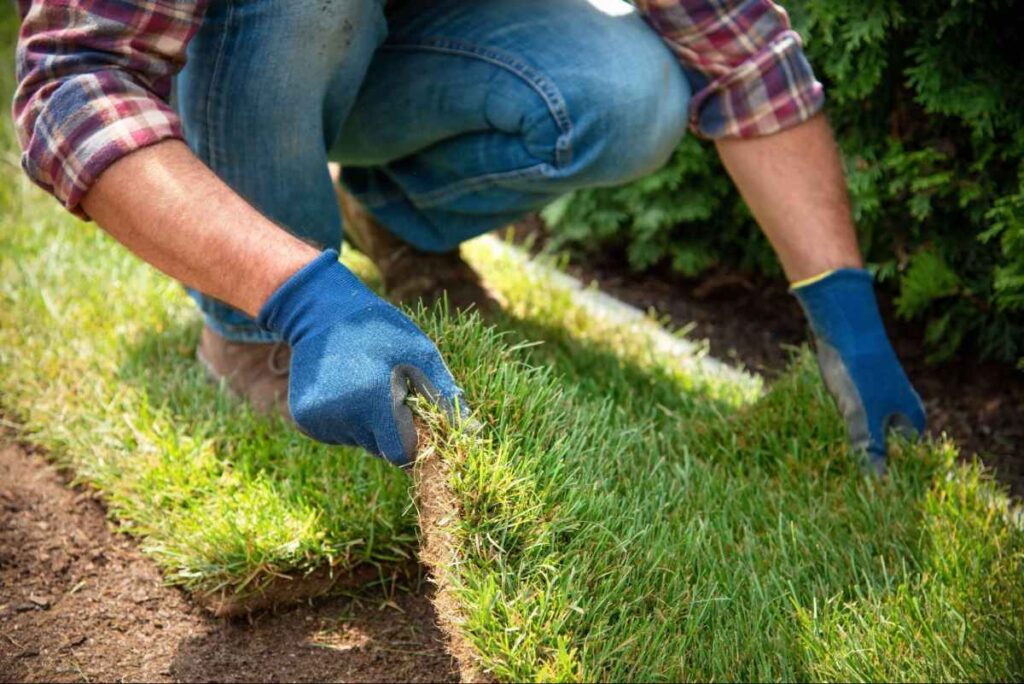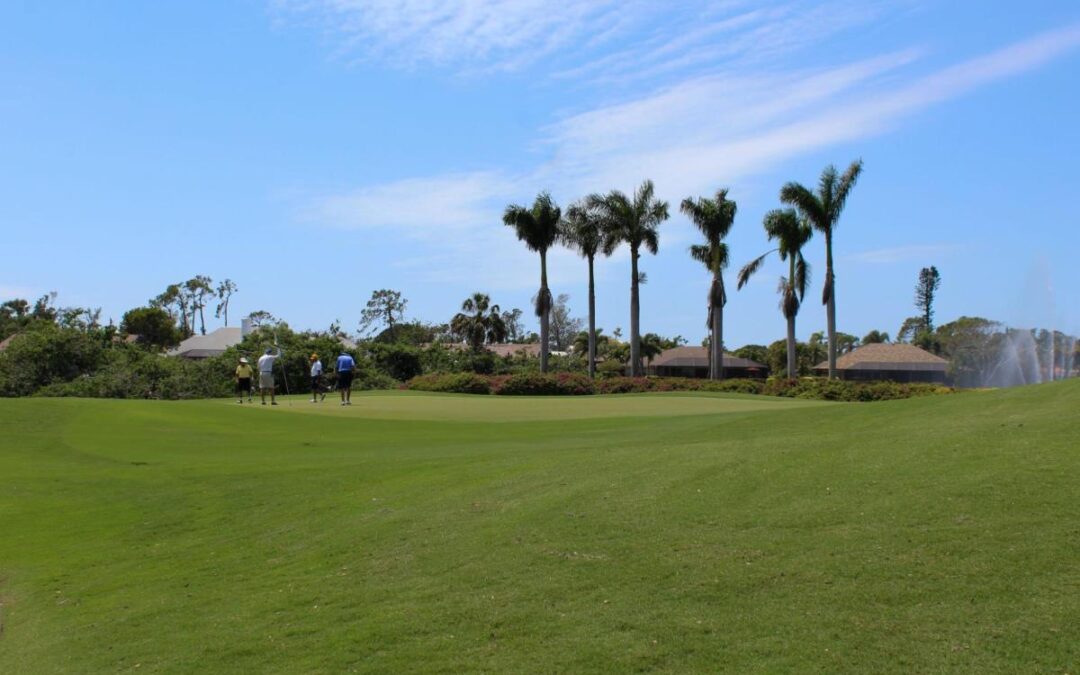Our expertise has been featured in a recent article discussing the growing trend among California homeowners to replace artificial grass with real, natural lawns. As concerns about environmental and health impacts rise, more homeowners are seeking safer, more sustainable landscaping options. In this feature, we provided valuable insights into the risks associated with synthetic turf and guidance on transitioning to a real California Lawn.
The Growing Concerns About Artificial Grass
Artificial grass has gained significant attention in recent years as a seemingly practical solution for regions like California, which experience prolonged hot and dry conditions and face strict water restrictions. Homeowners looking to maintain a healthy, green lawn without extensive water use found synthetic turf appealing. However, as more information has come to light, the downsides of artificial grass have become increasingly apparent.
The San Fernando Sun highlights the presence of perfluoroalkyl and polyfluoroalkyl substances (PFAS), more known as “forever chemicals,” in synthetic turf. These substances have been linked to various health issues, including cancer and developmental problems, and state officials are increasingly concerned about their long-term effects on humans and the environment.
As Danielle Scardino, a Real California Lawn expert, explained in the article, “Because of its potential toxicity, fake grass requires careful handling and disposal to minimize any immediate and long-term environmental impact.” The feature underscores the importance of moving away from synthetic lawns and returning to natural, organic solutions.
Why It Matters to Remove Artificial Grass Safely
Although synthetic grass is widely marketed as a durable and low-maintenance option, it is not immune to wear and tear. The surface can degrade over time, leading to fading and fiber loss. This deterioration affects its appearance and functionality while posing environmental risks. As the synthetic materials break down, they can release microplastics into the environment, contaminating the soil and waterways.
The article emphasized that removing artificial grass requires more than simply rolling it up and disposing it. The potential release of harmful chemicals and microplastics during removal requires proper handling to minimize environmental impact.

How to Remove and Dispose of Artificial Grass
To safely get rid of artificial grass, it’s essential to start by wearing protective gear, such as safety goggles, gloves, and a dust mask, to prevent exposure to potentially toxic chemicals. The turf should then be sectioned into manageable strips using a utility knife or carpet cutter to help reduce the spread of microplastics.
Afterward, remove any nails, pegs, or glue securing the turf in place. To minimize further environmental harm, use low-toxicity solvents or EPA-approved adhesive removers for glued surfaces. Roll up the turf strips tightly and secure them with tape or rope to contain any harmful particles.
Then, use a vacuum to collect any remaining debris, ensuring it is correctly disposed of along with the turf to prevent microplastic contamination. Check your local disposal regulations, as many cities in California have specific guidelines for properly handling synthetic turf. You can also consult the California Department of Toxic Substances Control (DTSC) for detailed disposal instructions.
The Benefits of Transitioning to a Real California Lawn
As California grapples with the effects of drought, you can contribute to the collective effort to conserve water resources by transitioning to drought-resistant grass varieties.
Continuous research and development have led to the cultivation of improved and hybrid grass varieties that thrive in California’s unique climate conditions. One standout option is bermudagrass. This variety requires less water than older grass types, stays green longer in the fall, and greens up sooner in the spring. Additionally, bermudagrass is remarkably resilient and can recover from traffic and weather damage.
Compared to fescue, which is more widely used in California, bermudagrass offers better drought tolerance and durability. As a cool-season grass, fescue requires more frequent watering and maintenance to keep it looking healthy. On the other hand, bermudagrass thrives in full sun and can handle heat and drought much better, making it a more sustainable and low-maintenance option for California lawns.
Real grass also offers significant ecological advantages, including improved soil health, better water filtration, and support for local wildlife. Unlike artificial turf, which contributes to the urban heat island effect, natural grass helps cool the environment, making outdoor spaces more enjoyable during hot summers.
Moreover, the shift to natural grass can have long-term financial benefits. While synthetic turf may seem cost-effective upfront, its maintenance and eventual disposal can be costly. On the other hand, natural grass, especially drought-resistant varieties like Bermuda, requires less water and maintenance over time, resulting in cost savings for homeowners.

Final Thoughts
As more California homeowners become aware of the risks associated with artificial grass, natural grass is reclaiming its rightful place in their yards. As experts, we’re here to guide you through this transition, offering expert advice on disposing of fake grass and the highest-quality bermudagrass varieties to achieve a real, sustainable California lawn.
Explore the full article and contact us for tailored recommendations on creating a healthier, greener outdoor space.
